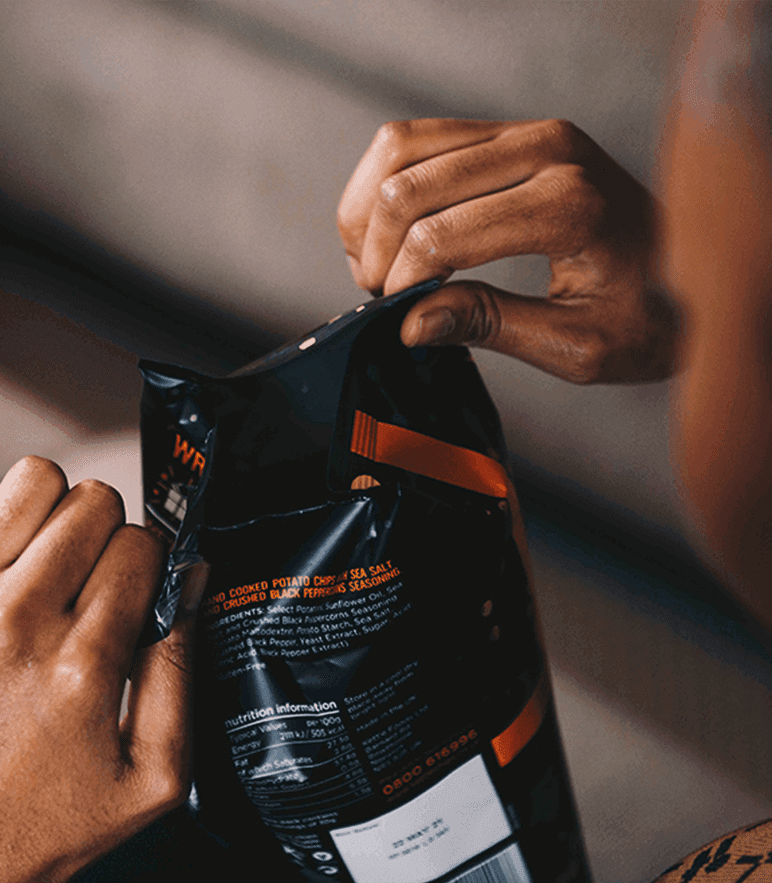Insights

28 Nov, 2025
Five Products: Showing How Sound Shapes Modern Consumer Experience
Read More
Mat Lintern, CEO
02 Nov, 2017 | 3 minutes
For all its intuitive power, many of us have been too quick to jump on the ‘System 1 dominates System 2’ bandwagon.
Absolutely System 1 thinking (occurring below the level of conscious awareness) has a powerful influence over our behavior. But beyond that lies a full spectrum of System 2 thinking, ranging from totally conscious rationalized thought, through to the very edges of System 1 where our thinking is much more vague and diffuse. To treat the two as discreet, and suggest one matters much more than the other is an over-simplification, doing little to aid the already difficult process of making new product development stick in today’s crowded markets.
OK, the purchase of a new soft drink isn’t that big a risk, getting it wrong won’t have a massive impact on your life. But it still requires you to do something different, to break your norms - and whilst many of us like to believe we’re free-spirited, impulsive risk takers, the majority will still have a brief ‘think again’ moment before committing.
When noticing a new product System 1 will kick in; without knowingly doing so, we’ll reference our back-catalogue of category experience, adverts/messages that have ‘floated over’ us, biases, perceptions and conceptualizations. We’ll automatically react to the color and style of the packaging, the name, even its position on shelf, each of these merging to shape subconscious emotional and functional expectations in our mind. So, when first exposed to a new product we’ll have done a lot of rapid, automatic processing, but rarely will that be enough to trigger a truly impulsive purchase. At this point is when that ‘think again’ moment is likely to kick in. At one end of the System 2 spectrum this will be fleeting and barely conscious, at the other it could be as systematic as considering if this is the type of product I want/need, does it fit with my category expectations, what do I expect it to taste/perform like, will it say something positive about me, is the price acceptable etc. Under either route we’re ‘weighing-up’ (to very different extents) whether the potential reward of making the purchase is sufficient to overcome the risk of not doing what we’d normally do - loss aversion is a powerful thing, even with an 80p can of Coke!
So System 1 can certainly take us a long way towards considering a new product, but the decision to purchase will, in most situations, be somewhat governed by more rational thinking – at least the first time we buy it. It’s beyond this where System 1 can really punch its considerable weight, and where marketers should be focused…Once we’ve bought a new product we get to handle the packaging, open it, see/touch/smell the product, we eat it/use it, and across all these touch-points the sensory characteristics impart meaning to our experience. They don’t just drive whether we like the product, but also how we conceptualize the experience (accessed towards the System 1 end of the System 2 spectrum), leading to emotional and functional outcomes, and effectively governing the extent to which the product fits with our expectations. When it does, we call this consonance, and it’s a very powerful thing – it’s the product and packaging working in harmony to reinforce all the hard work done on the brand/design/marketing side of things. It’s here that real connection occurs, providing instant gratification, but also delivering longer-term emotional reward because at the deepest level the experience has been satisfying.

We call this consonance, and it's a very powerful thing.
If the sensory experience falls short at any of these touch-points, regardless of how ‘nice’ the product is, it’ll quickly get chalked-up as another disappointing new product. However, when everything’s aligned, it’s the next time that person shops where all the hard work really pays off. Now the potential buyer automatically recognizes the product, nothing about their previous experience jars, System 1 starts to do its thing. The degree of processing required to choose your brand is much lower, it has the potential to become an instinctive purchase - the holy grail of NPD. Couple this with the fact that we know the experience delivers on expectations, and the process repeats, the brand crystallizes in our mind, and it’s here where ‘loyalty’ (or at least a biased preference) starts to kick-in.
So when embarking on NPD it makes sense to take into account System 1 and the full spectrum of System 2 thinking;
This means research needs to tap into our full spectrum of thinking, and the good news is that we don’t need fMRI scanners or dodgy automated facial costing technology to achieve this! Just well-designed research, MMR’s Brandphonics conceptual profiling, an expert research team working in harmony with the client to deliver against a crystal-clear aim, and a stage-gate process that allows focused NPD to progress without limiting you only to ideas with generic appeal. Easy in theory, much harder in practice, but so powerful when you get it right!
Insights

28 Nov, 2025
Five Products: Showing How Sound Shapes Modern Consumer Experience
Read MoreNews

25 Nov, 2025
'If Your Product Updates Don’t Match the Frequency of Smartphone Upgrades, You'd Better Rethink Your Strategy.”
Read MoreNews

22 Oct, 2025
NEWS RELEASE: Non-Alcoholic Beverage Inventor, Ben Branson Calls for More Originality
Read MoreIf you'd like to understand a bit more about us or find out how we can help solve your challenges, check out our team's availability and book in a call at a time that suits you.
If you'd prefer to chat over email, fill out your details below and we'll get back to you as soon as we can.